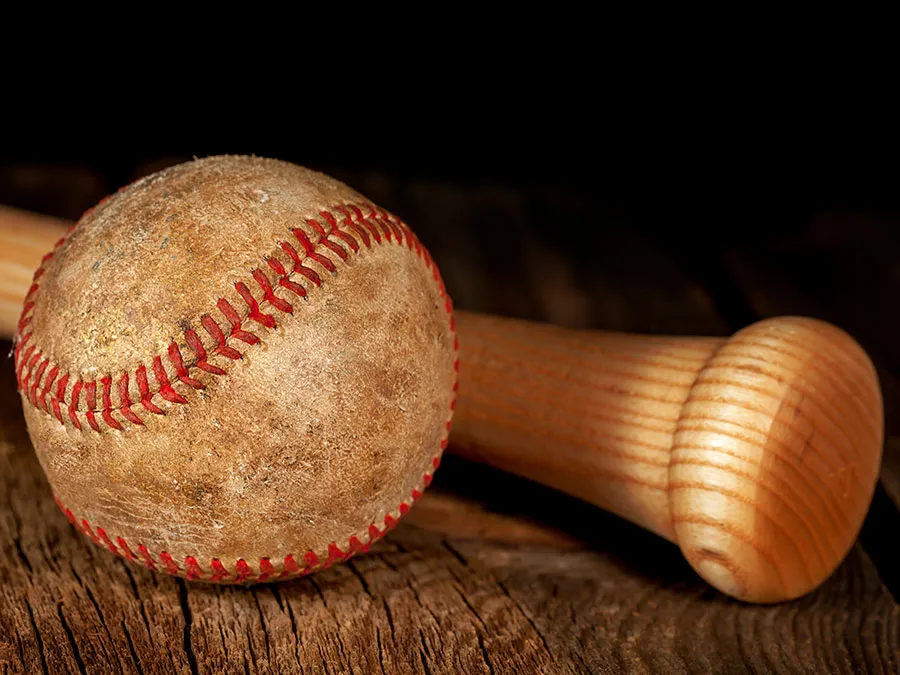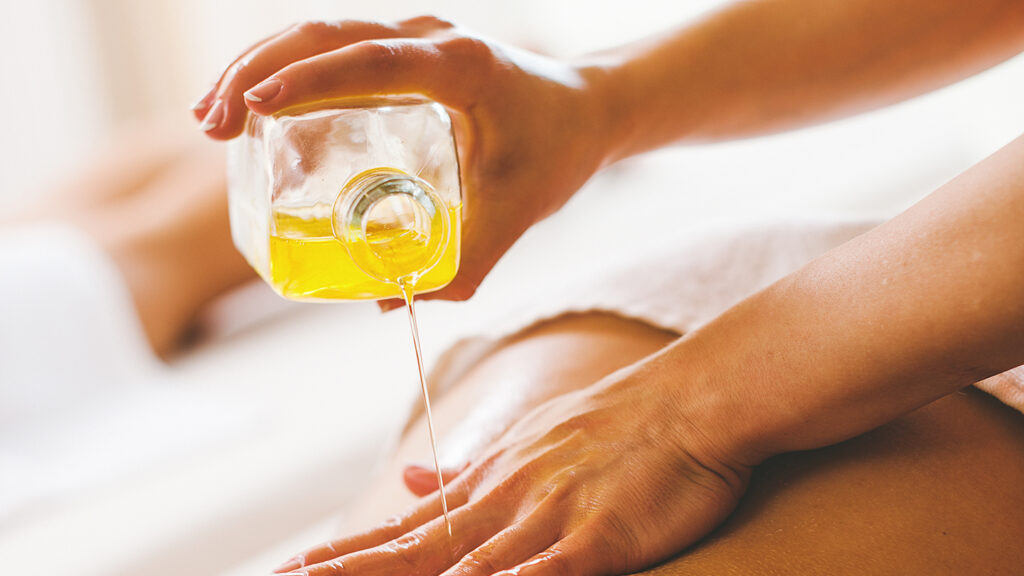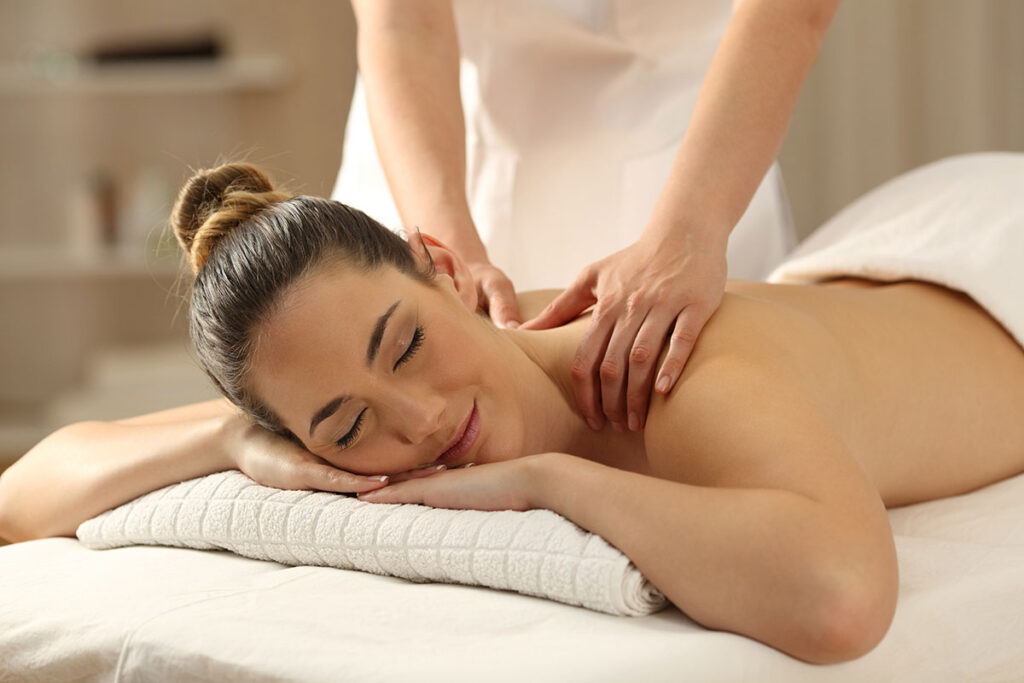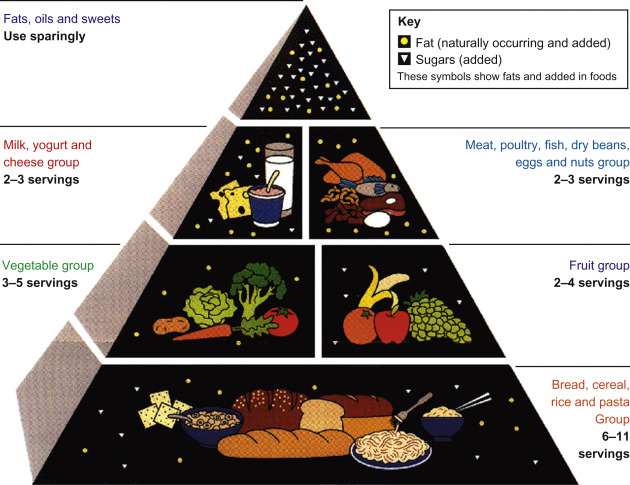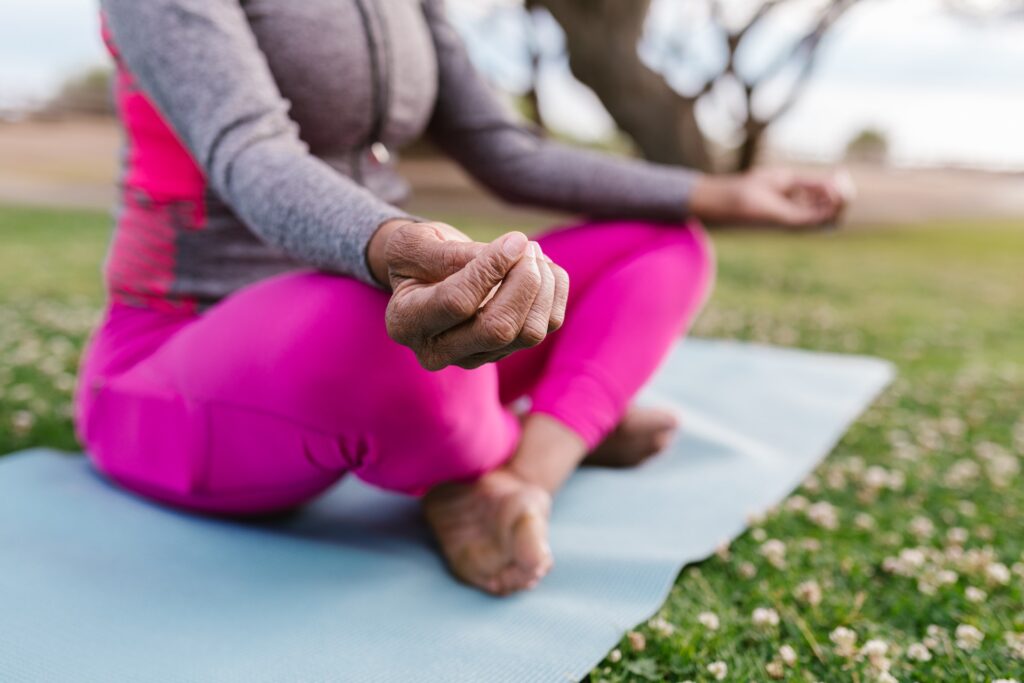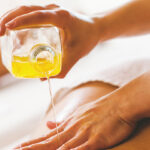Home Massage Equipment Care: Keeping Your Tools in Top Shape

Introduction
Investing in home massage 출장마사지 equipment can transform your relaxation routine, offering the convenience of on-demand massages in the comfort of your own space. Whether you have a massage table, massage chair, or various massage tools, proper care and maintenance are essential to ensure the longevity and effectiveness of your equipment. In this comprehensive guide, we will explore the importance of maintaining your home massage equipment, share expert tips on care and cleaning, and provide practical guidance to keep your tools in top shape for years to come.
Chapter 1: Why Maintenance Matters
1.1. Equipment Longevity: Regular maintenance prolongs the life of your home massage equipment, protecting your investment and ensuring it serves you well over time.
1.2. Hygiene and Safety: Clean and well-maintained equipment promotes hygiene and safety during your massage sessions, reducing the risk of infection or injury.
1.3. Performance and Comfort: Properly cared for equipment performs optimally, providing the comfort and effectiveness you expect from your home massages.
Chapter 2: Types of Home Massage Equipment
2.1. Massage Tables: Explore the components of massage tables, including the frame, padding, and upholstery, and understand how each element contributes to your massage experience.
2.2. Massage Chairs: Learn about the various components of massage chairs, such as rollers, airbags, and heating elements, and how they require specific maintenance routines.
2.3. Massage Tools: Discover a range of massage tools, including foam rollers, massage balls, and percussion massagers, and how to maintain them for effective self-massage sessions.
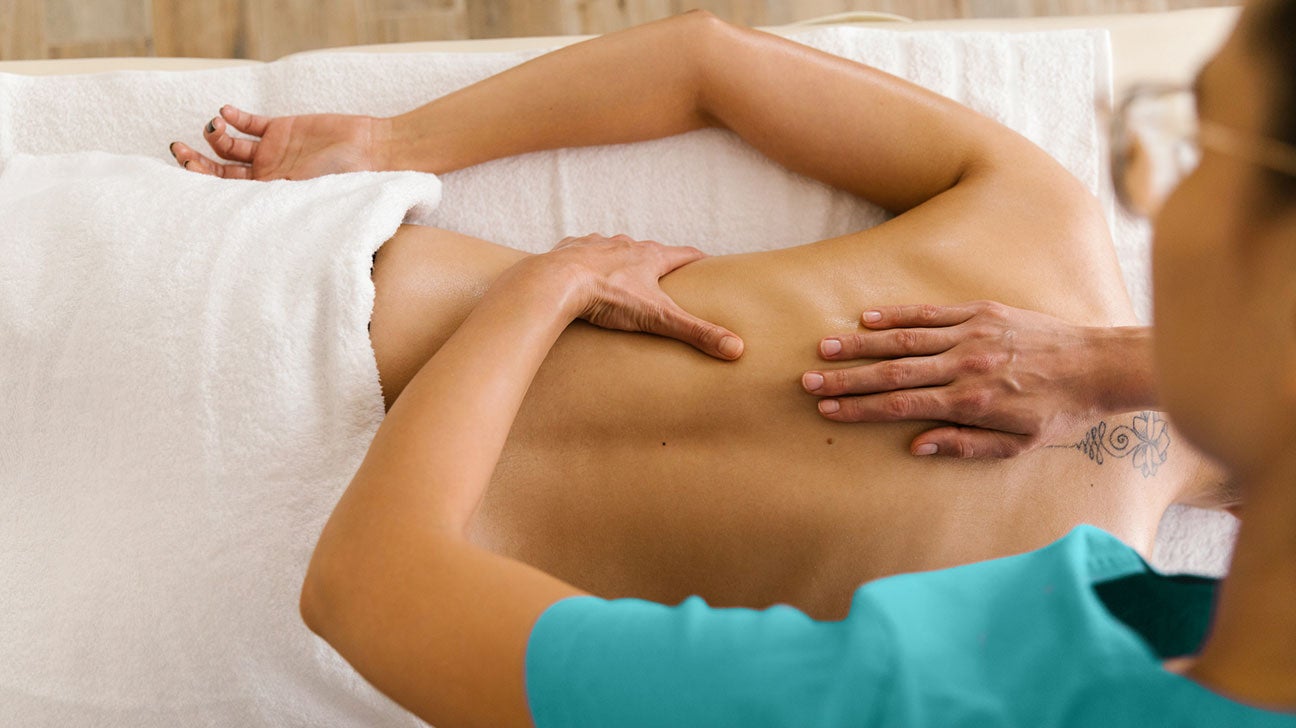
Chapter 3: Cleaning and Sanitizing 출장안마
3.1. Basic Cleaning: Understand the importance of regular cleaning to remove surface dirt, sweat, and oils. Learn the proper techniques for cleaning different materials, such as vinyl, leather, and fabric.
3.2. Sanitizing: Explore sanitizing methods to maintain hygiene, especially when using shared equipment or in a professional setting. Consider options like disinfectant sprays and wipes.
3.3. Upholstery Care: Discover how to care for and clean the upholstery of massage tables and chairs, preventing stains and extending their lifespan.
Chapter 4: Maintenance Tips for Massage Tables
4.1. Frame Inspection: Regularly inspect the frame for signs of wear, such as loose bolts or damaged parts. Tighten or replace components as needed.
4.2. Padding Assessment: Check the padding for consistency and comfort. If it starts to lose its shape or support, consider replacing it to maintain the quality of your massages.
4.3. Upholstery Protection: Use protective covers or sheets to prevent damage to the upholstery from oils, lotions, and sweat during massages.
Chapter 5: Care for Massage Chairs
5.1. Roller Cleaning: Maintain the rollers’ performance by cleaning them regularly. Check for debris and hair that can accumulate and affect their movement.
5.2. Airbags Maintenance: Ensure the airbags in your massage chair remain in good condition by inspecting for leaks or tears. Properly inflate or replace damaged airbags.
5.3. Heating Element Care: If your massage chair has a heating element, follow manufacturer guidelines to clean and protect it, ensuring safe and comfortable use.
Chapter 6: Cleaning and Maintaining Massage Tools
6.1. Foam Rollers: Learn how to clean and maintain foam rollers by regularly washing them and inspecting for signs of wear, such as cracks or deformation.
6.2. Massage Balls: Discover the proper cleaning methods for massage balls, ensuring they remain hygienic and effective for targeted muscle relief.
6.3. Percussion Massagers: Maintain percussion massagers by cleaning attachment heads, keeping the motor free from debris, and storing them properly.
Chapter 7: Storage and Transportation
7.1. Proper Storage: Store your home massage equipment in a clean, dry, and temperature-controlled environment to prevent damage from humidity or extreme conditions.
7.2. Transportation Tips: If you need to transport your equipment, whether for personal use or as a professional therapist, learn how to protect it during transit to prevent damage.
7.3. Storage Solutions: Explore storage solutions and accessories such as carrying cases, wall mounts, or storage racks designed specifically for massage equipment.
Chapter 8: Professional Maintenance and Repairs
8.1. Manufacturer Services: Consider utilizing manufacturer services for maintenance, repairs, and component replacement, ensuring your equipment is serviced by experts.
8.2. DIY Repairs: Learn when it’s appropriate to attempt DIY repairs and when to seek professional assistance to avoid further damage.
8.3. Scheduled Maintenance: Create a schedule for regular professional maintenance to address potential issues before they become major problems.
Conclusion
Proper care and maintenance of your home massage equipment are essential for enjoying effective, safe, and long-lasting massage experiences. By understanding the significance of maintenance, learning cleaning and sanitizing techniques, and following specific care routines for massage tables, chairs, and tools, you can ensure that your equipment remains in top shape. Elevate your home massage practice by incorporating these maintenance practices into your routine, extending the life of your equipment and enhancing the quality of your massages.


